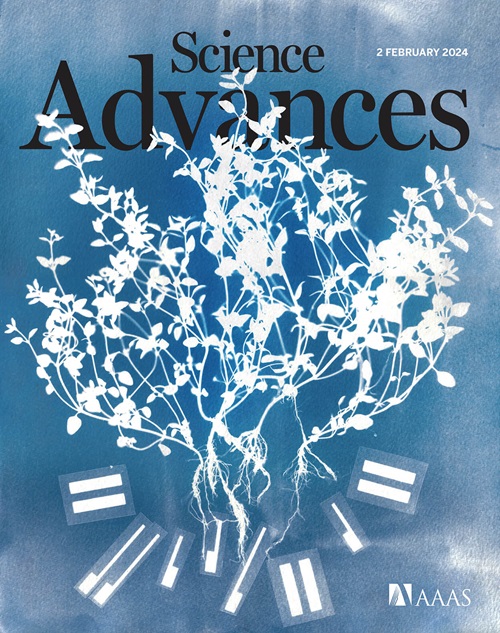Top-down attention and Alzheimer’s pathology affect cortical selectivity during learning, influencing episodic memory in older adults
IF 11.7
1区 综合性期刊
Q1 MULTIDISCIPLINARY SCIENCES
引用次数: 0
Abstract
Effective memory formation declines in human aging. Diminished neural selectivity—reduced differential responses to preferred versus nonpreferred stimuli—may contribute to memory decline, but its drivers remain unclear. We investigated the effects of top-down attention and preclinical Alzheimer’s disease (AD) pathology on neural selectivity in 166 cognitively unimpaired older participants using functional magnetic resonance imaging during a word-face/word-place associative memory task. During learning, neural selectivity in place- and, to a lesser extent, face-selective regions was greater for subsequently remembered than forgotten events; positively scaled with variability in dorsal attention network activity, within and across individuals; and negatively related to AD pathology, evidenced by elevated plasma phosphorylated Tau181 (pTau181). Path analysis revealed that neural selectivity mediated the effects of age, attention, and pTau181 on memory. These data reveal multiple pathways that contribute to memory differences among older adults—AD-independent reductions in top-down attention and AD-related pathology alter the precision of cortical representations of events during experience, with consequences for remembering.
自上而下的注意力和阿尔茨海默病病理影响学习过程中的皮质选择性,影响老年人的情景记忆
有效记忆的形成随着人类年龄的增长而下降。神经选择性的减少——对偏好与非偏好刺激的差异反应的减少——可能导致记忆衰退,但其驱动因素尚不清楚。我们利用功能性磁共振成像技术研究了自上而下的注意力和临床前阿尔茨海默病病理对166名认知功能正常的老年受试者在单词-脸/单词-地点联想记忆任务中的神经选择性的影响。在学习过程中,神经选择性-在较小程度上,面部选择区域-在随后的记忆中比遗忘事件更大;个体内部和个体之间背侧注意网络活动的变异性正缩放;血浆磷酸化Tau 181 (pTau 181)升高证明与AD病理呈负相关。通径分析显示,神经选择性介导了年龄、注意力和pTau 181对记忆的影响。这些数据揭示了导致老年人记忆差异的多种途径——ad独立的自上而下的注意力减少和ad相关的病理改变了经历过程中皮层对事件表征的准确性,从而对记忆产生影响。
本文章由计算机程序翻译,如有差异,请以英文原文为准。
求助全文
约1分钟内获得全文
求助全文
来源期刊

Science Advances
综合性期刊-综合性期刊
CiteScore
21.40
自引率
1.50%
发文量
1937
审稿时长
29 weeks
期刊介绍:
Science Advances, an open-access journal by AAAS, publishes impactful research in diverse scientific areas. It aims for fair, fast, and expert peer review, providing freely accessible research to readers. Led by distinguished scientists, the journal supports AAAS's mission by extending Science magazine's capacity to identify and promote significant advances. Evolving digital publishing technologies play a crucial role in advancing AAAS's global mission for science communication and benefitting humankind.
 求助内容:
求助内容: 应助结果提醒方式:
应助结果提醒方式:


